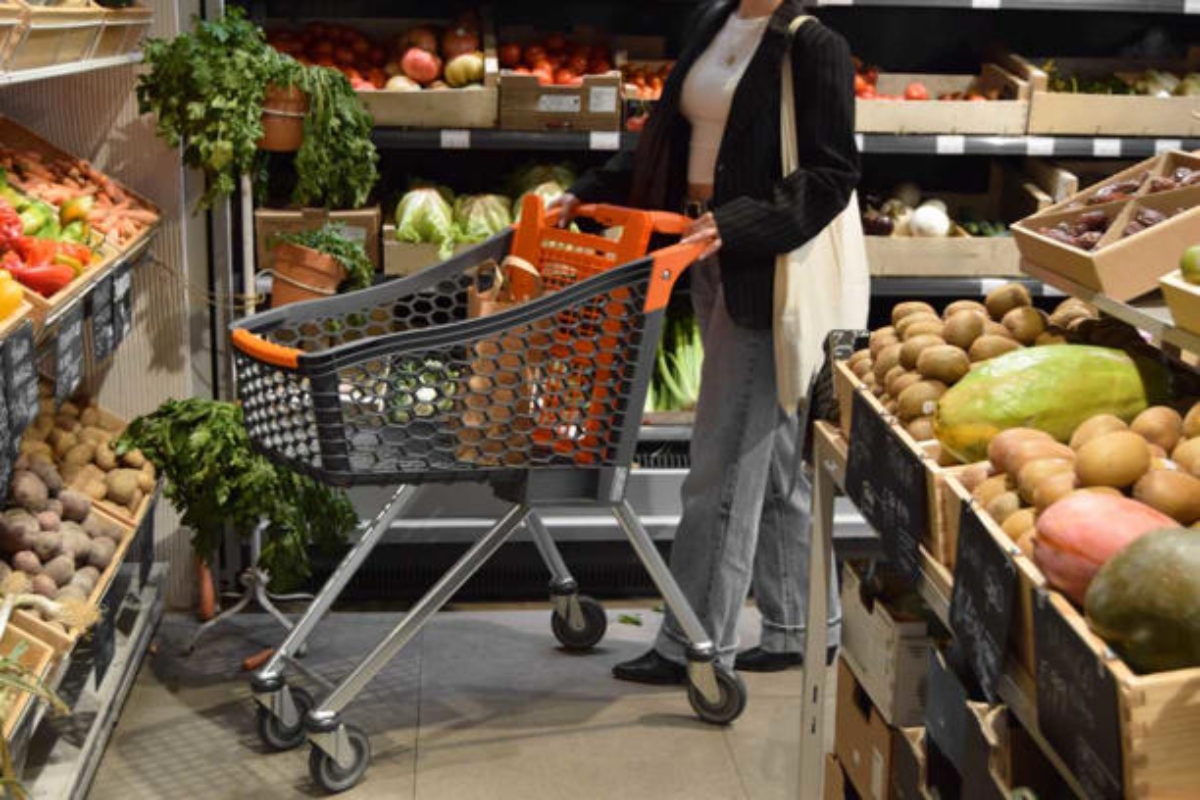The cuts to Medicaid and SNAP approved by President Donald Trump represent one of the largest adjustments to the U.S. welfare net in decades.
The so-called “Big, Beautiful Bill” will reduce funding for these programs by $1.2 billion over the next ten years, imposing stricter work requirements and limiting eligibility. Millions of families, especially Latinos, face an uncertain future with the possibility of losing health coverage and food support.
Cuts to Medicaid and SNAP: context and scope

The impact is immediate and profound.
Medicaid, which currently covers more than 20% of the U.S. population, will be limited, while SNAP, the nutrition assistance program, guarantees food to more than 40 million people nationwide.
The Congressional Budget Office projects that 10 million people could lose their health insurance by 2034. In addition, more than 22 million households will see their food benefits reduced or eliminated.
In states like New Mexico, where a quarter of the rural population relies on Medicaid and SNAP, the risk is especially critical.
The reduction of funds threatens not only family stability, but also the economic balance of entire communities.
Economic impact of social cuts in vulnerable states

Researchers warn that the economic cost to states could outweigh any federal savings.
In rural areas, Medicaid cuts could lead to the closure of community hospitals, leaving populations already facing geographic barriers without access to medical services.
States where Medicaid and SNAP account for more than 6% of Gross Domestic Product, such as New Mexico, Louisiana and Kentucky, could fall into local recessions.
This would imply job losses, contraction of consumption and weakening of state economies.
The picture becomes even more delicate in agricultural and construction areas, sectors with a high concentration of Latino workers.
Lack of medical and food coverage could directly affect productivity and the labor force, reducing the ability to sustain key industries for the national economy.
Medicaid, SNAP and the Latino community
The Latino community, one of the most dependent on these programs, will be among the hardest hit.
Savings rates tend to be lower compared to other groups due to historically lower salaries and less access to private retirement plans and health insurance.
Without Medicaid and SNAP, food insecurity will increase and untreated illnesses will multiply.
This not only compromises the health of older adults, but also the school performance of children and the work capacity of their parents.
In neighborhoods and towns with high Latino populations, these supports represent the difference between meeting basic needs and falling into extreme poverty.
As Dawn Hommer, executive director of the Community Action Agency of Southern New Mexico, explains, “Sometimes that little bit of help is what they need to make it through the month. We’re going to take families who are already struggling and make the situation worse.”
What’s ahead for program funding
Congress must define the final funding level before September.
If funding is not restored, states could be forced to further reduce social programs, leaving millions of families homeless.
Community organizations and social rights advocates are already pushing to soften the cuts or at least delay them.
However, many Latino families are preparing to face a scenario in which they will have to assume more medical and food expenses on their own, just in an economic context of high inflation and stagnant wages.
Meanwhile, uncertainty grows.
For Latinos, losing Medicaid and SNAP not only means less financial support: it represents a direct threat to health, family stability and food security in entire communities.














